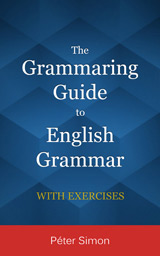Pseudo-cleft sentences
what-clause + be + phrase
Pseudo-cleft sentences (also called wh-clefts) are similar in function to cleft sentences, but they are formed with the pronoun what (= the thing(s) that/which). The emphasis in a pseudo-cleft sentence is on the phrase after the what-clause + be:
What you need is a good sleep.
What I didn't like was the end of the movie.
What changed his mind was a book he'd read.
If we want to refer to a person, we say The person/people who/that:
The people who/that I met were members of the delegation.
If we want to emphasise an action, the verb after be usually takes the form that corresponds to the form used in the what-clause:
What you should do is write a letter to the manager.
What I need to do is get some rest.
What they were doing was arguing about which train to take.
What I can do is call for a taxi.
In the following examples, the verb after be takes the form that the verb in the what-clause is normally followed by:
What I want is to sleep.
What he can't stand is getting up early.
In the past simple and present perfect, we can use the following patterns:
What I did in the end was (to) go home.
What I have done is (to) write a letter to the editor.

